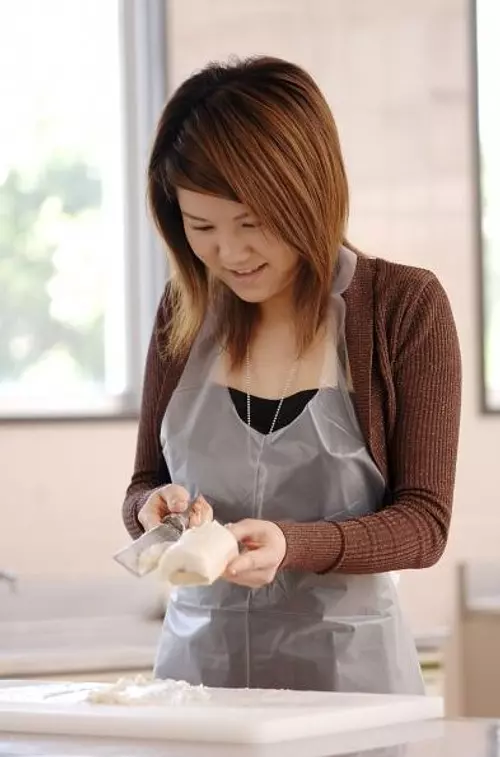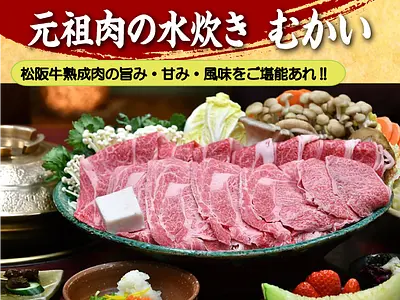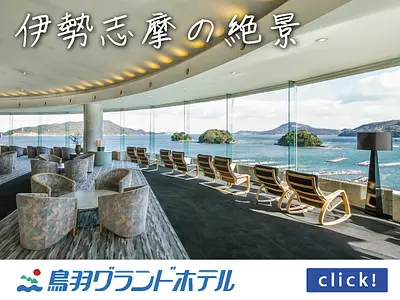Experience “Kamaboko making” at Ise’s long-established “Wakamatsuya”! The taste of “freshly made” is exceptional! !
掲載日:2019.01.07
Speaking of kamaboko, which is famous in Mie, Wakamatsuya has its main store in Kawasaki-cho IseCity which was once called the "Kitchen of Ise." Ise kamaboko, which is made using traditional methods, has not only been loved by locals for a long time, but has also been loved as a souvenir by visitors to Ise Shrine. This time, we tried making kamaboko at Wakamatsuya, which anyone can try!
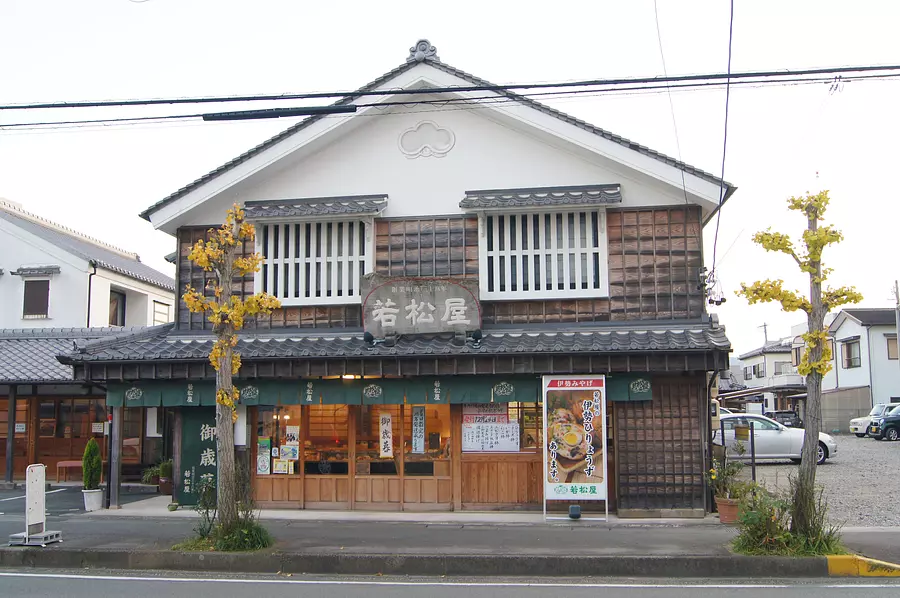
Ise kamaboko, which is made using traditional methods, has not only been loved by locals for a long time, but has also been loved as a souvenir by visitors to Ise Shrine.
The reason why Wakamatsuya's kamaboko has been loved for over 100 years is due to the carefully selected ingredients and manufacturing method!
You can learn the secret while actually experiencing "kamaboko making"!
We visited “Wakamatsuya Kawasaki Main Store” with the two 2018 Tsu Queens!
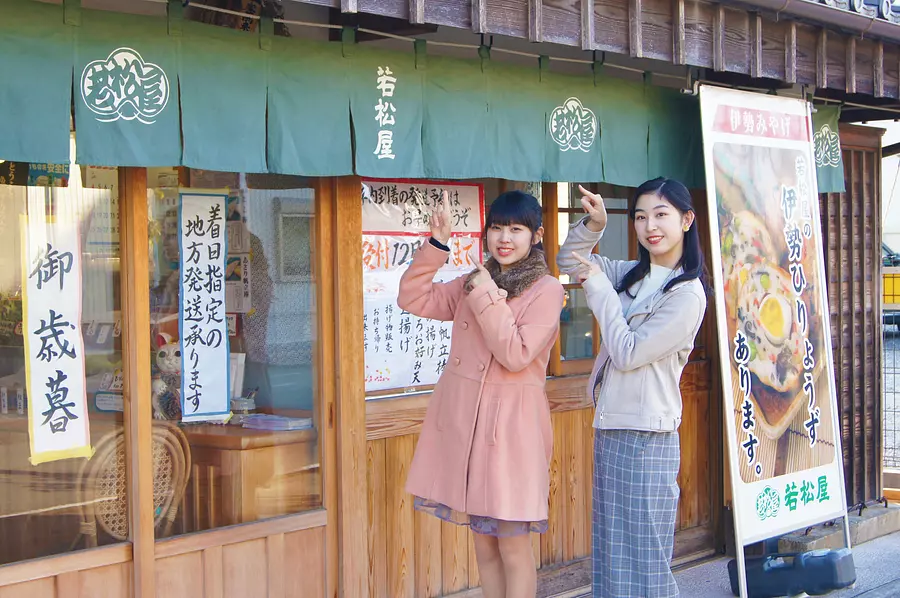
I'm really looking forward to my first kamaboko making experience!
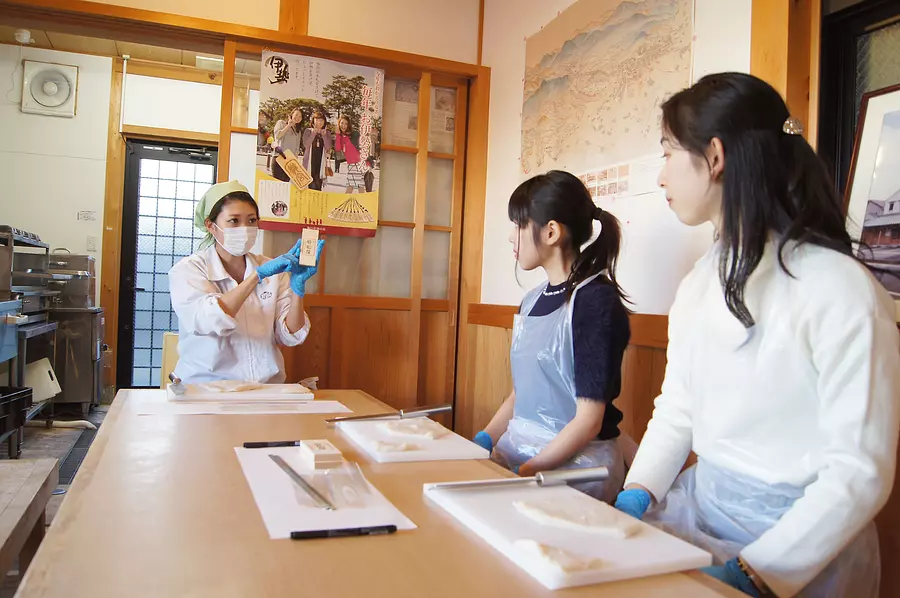
Once you have put on your apron and gloves and are ready, you can start the kamaboko making experience!
Mr. Nakade, a staff member, will be guiding you.
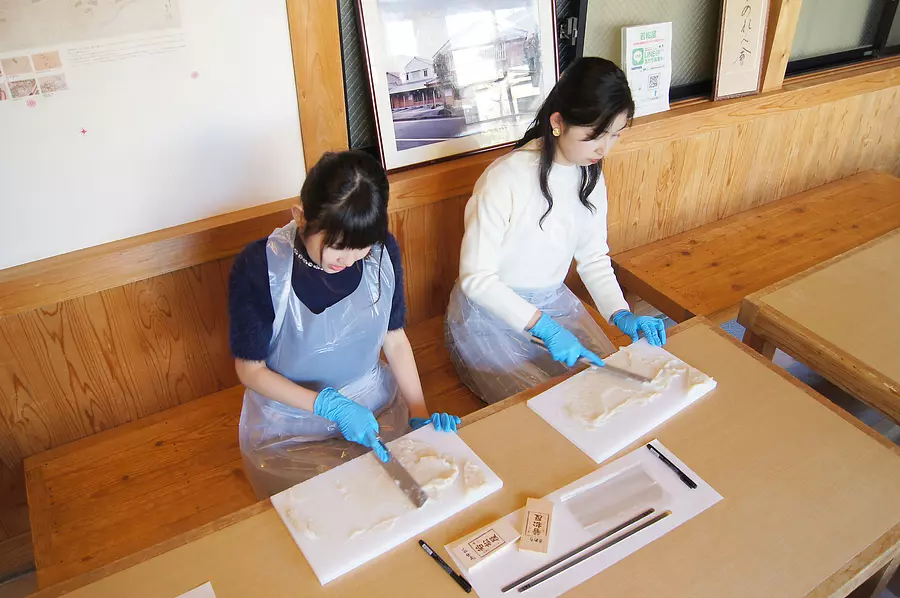
The tool used is a ``duke knife,'' which is used to make fish paste into pastes such as kamaboko.
There is no blade, so even children can use it with confidence.
First, the surimi is rolled out and kneaded over and over again on a cutting board.
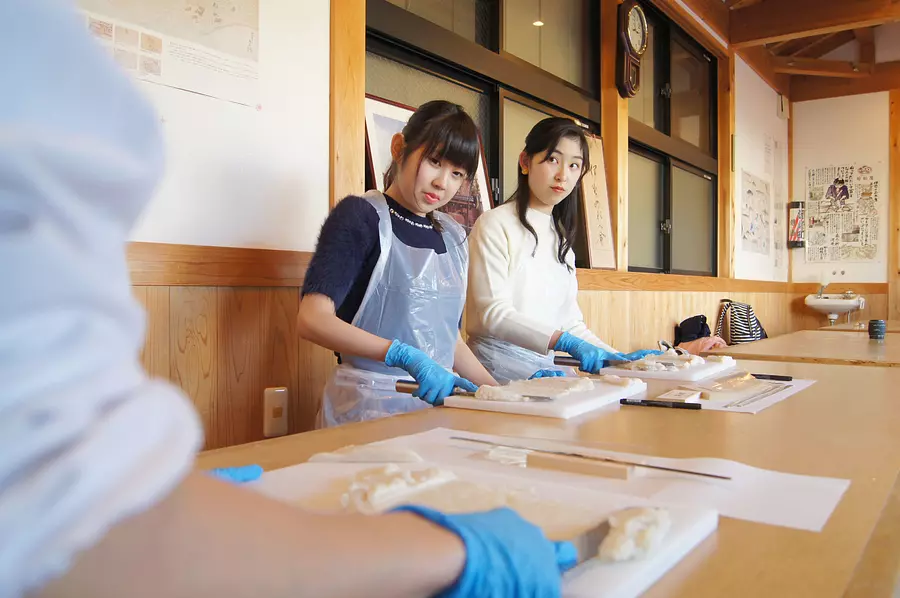
I try it while watching Mr. Nakade's ``movement example'', but it requires a lot of strength and I can't do it very well.
But little by little, I was able to get the hang of it, and the work started to become fun.
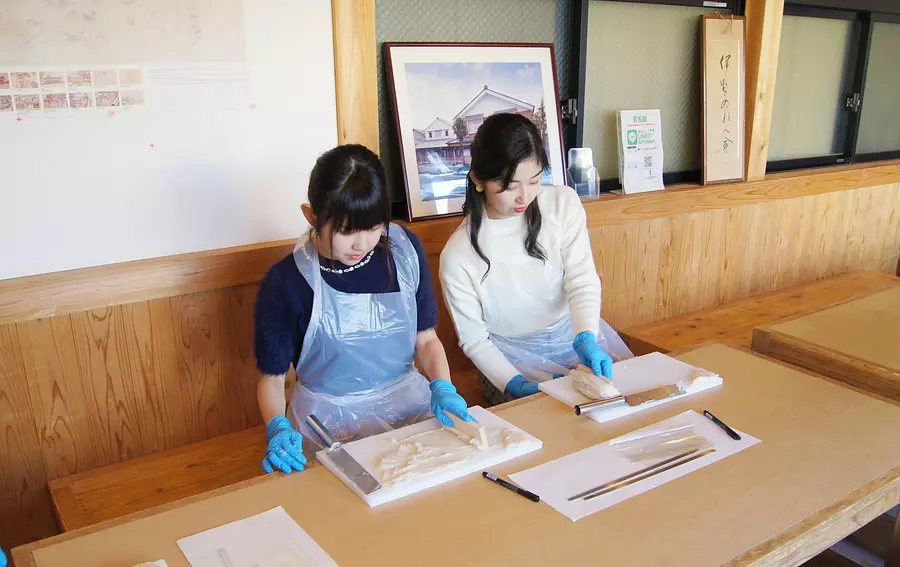
I put a lot of pressure into it and slid the empty plate against the cutting board, and the surimi was nicely placed on the empty plate!
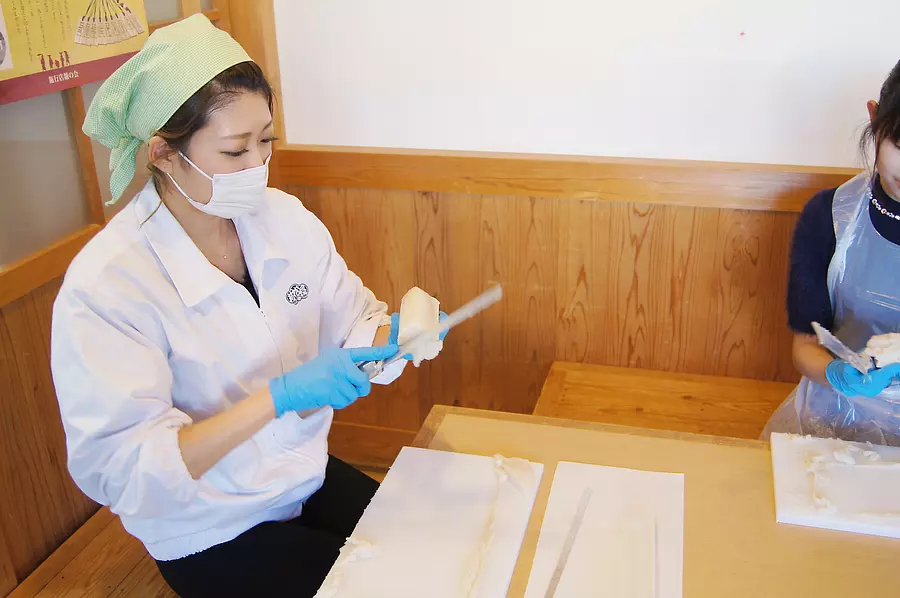
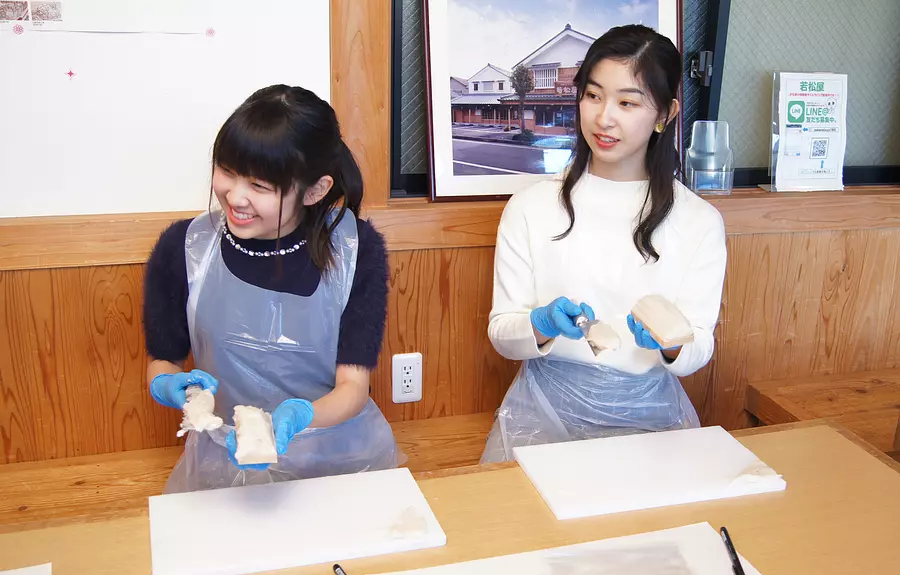
It is also important to use tools cleanly and not waste materials.
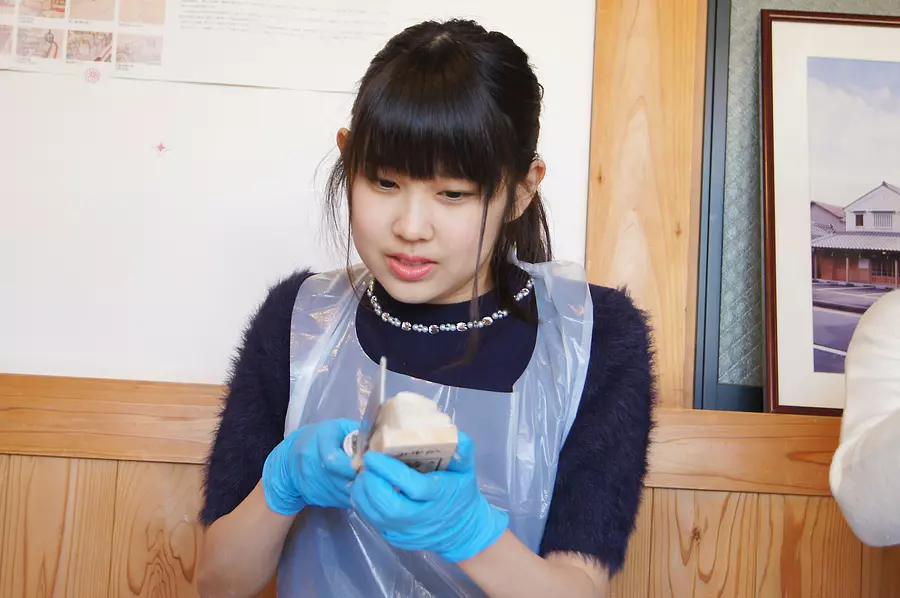
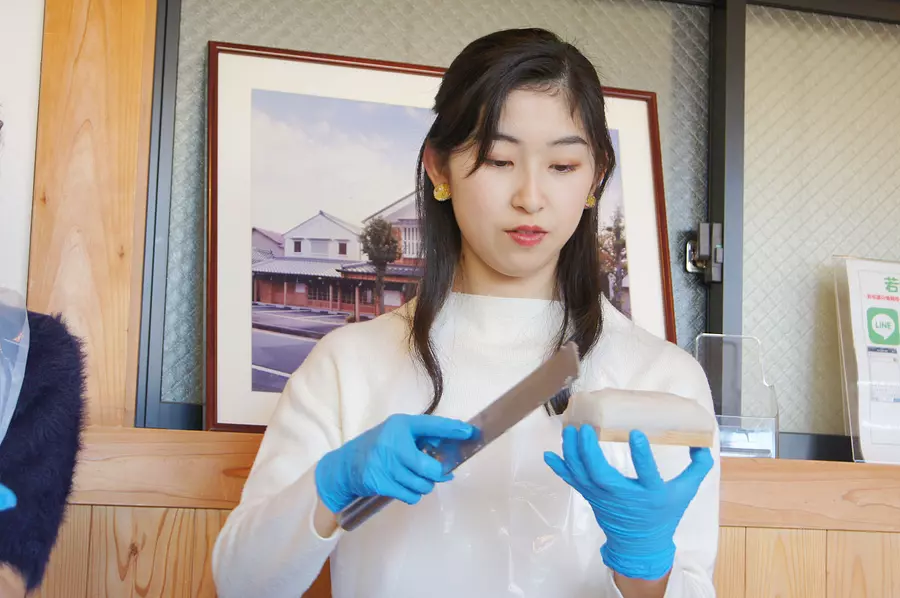
Aim for the “cleanest semicircle” possible, and make fine adjustments many times!
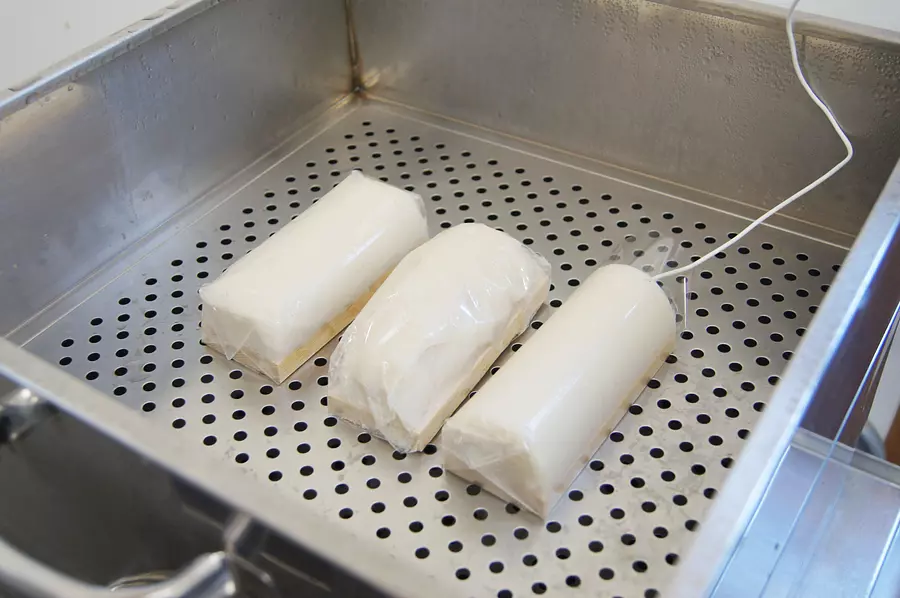
The kamaboko on the far right was made by Mr. Nakade.
As expected from professionals, the workmanship is different!
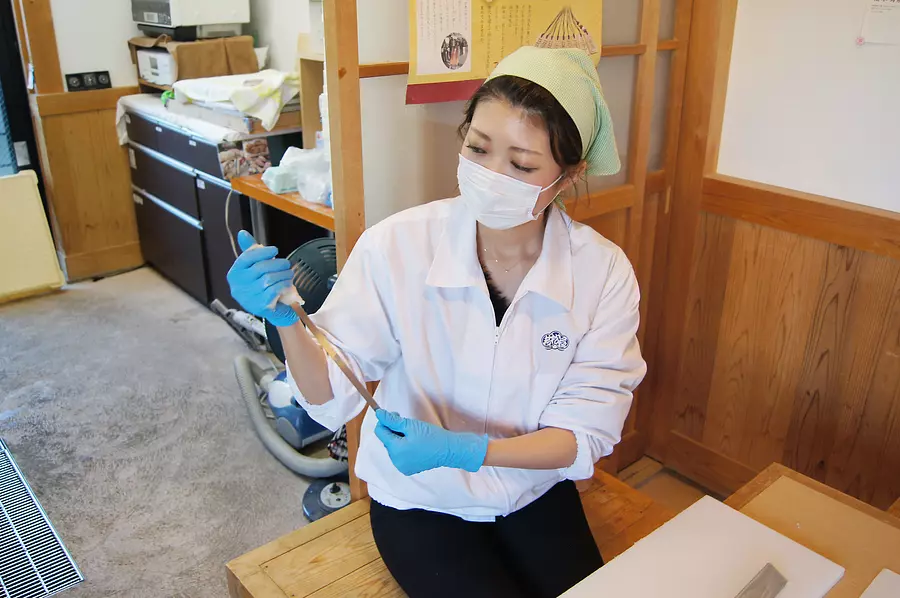
Apply surimi to a metal skewer, smooth the surface, and shape.
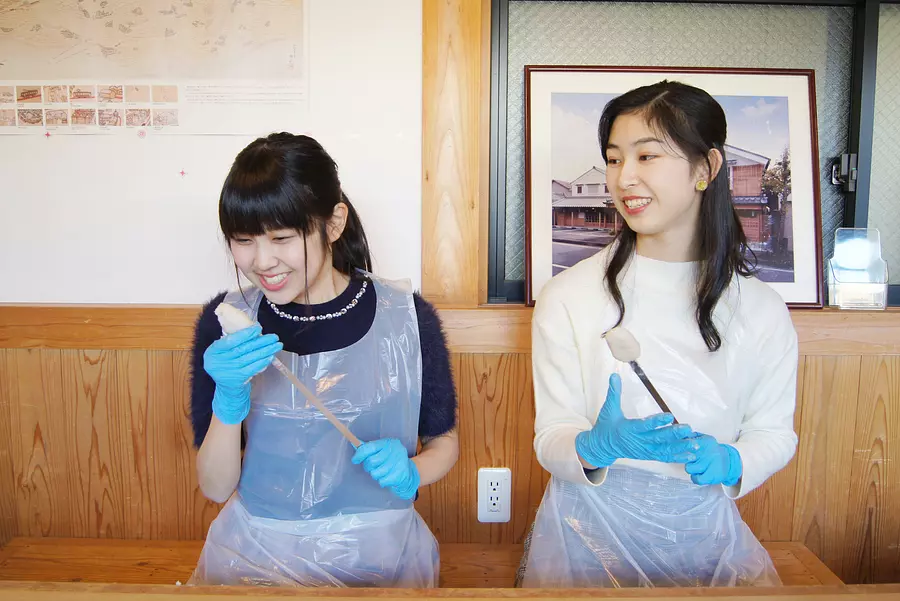
The experience progresses in a peaceful atmosphere as you are taught trivia about kamaboko.
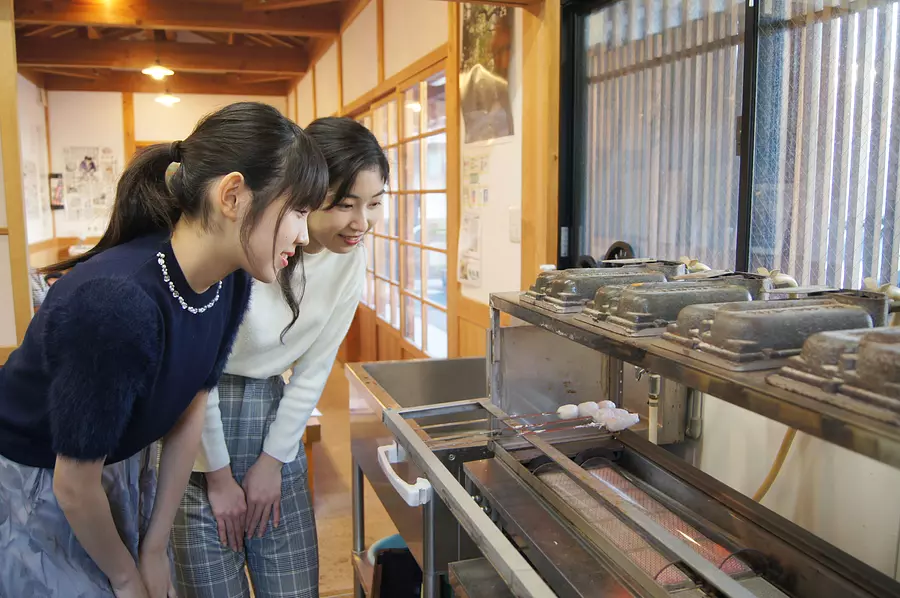
Being able to watch kamaboko being grilled up close is a rare experience!
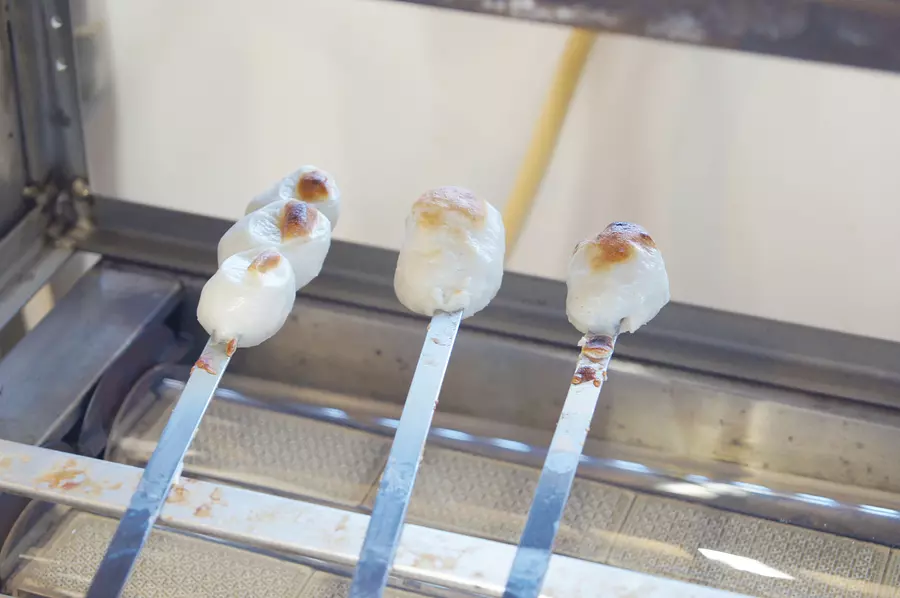
It was fun just watching it, and I felt like a child again.
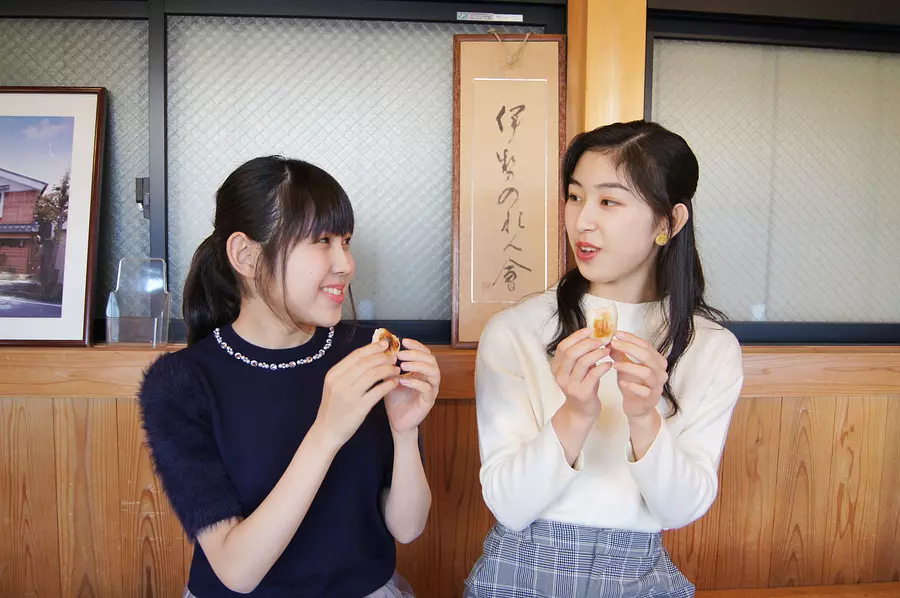
I'll eat it right away!
The flavor of the fish spreads in your mouth, the texture is just the right amount of elasticity, and it's really delicious! The taste is so good that you'll want to eat as many as you want.
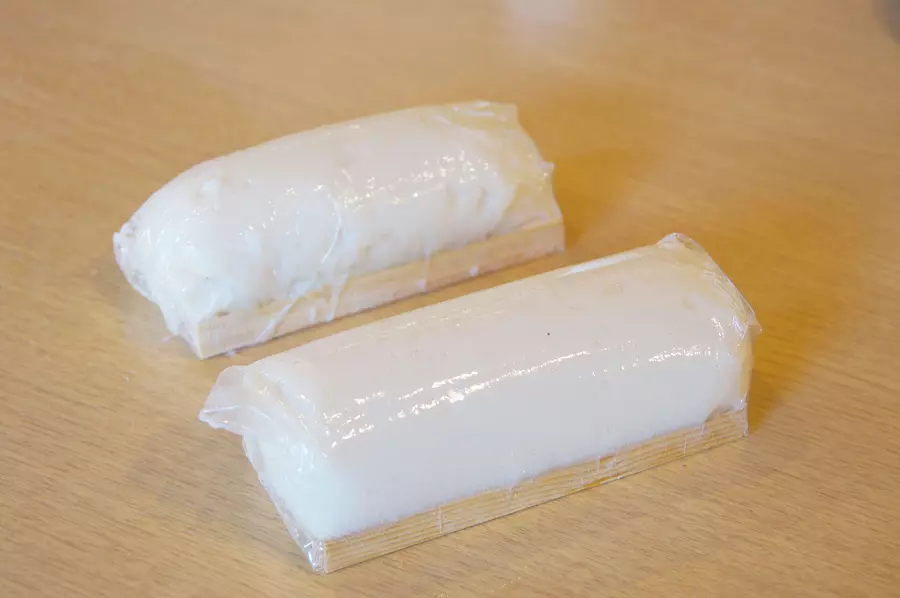
I put a lot of effort into making it, so I think its shape is cute. I'm looking forward to eating it!
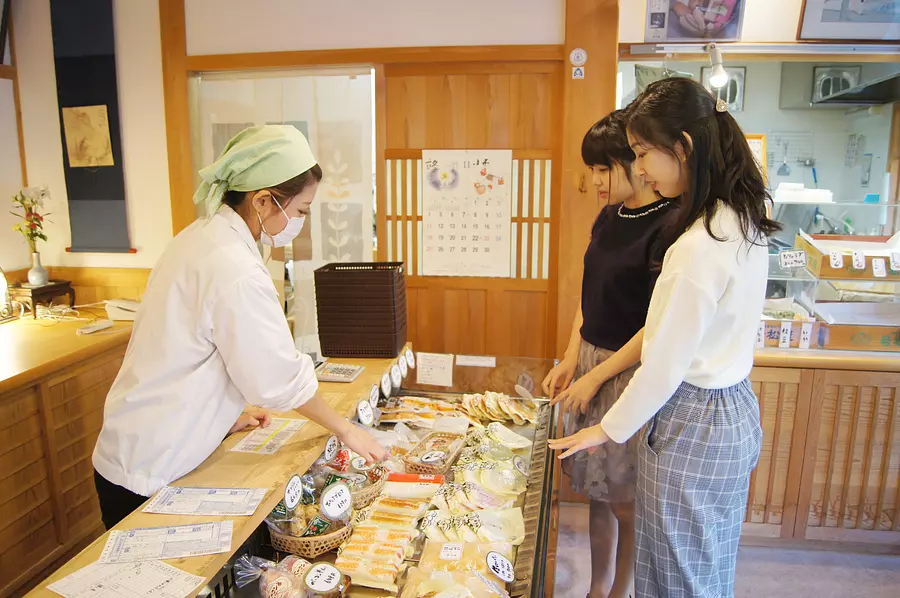
In addition to kamaboko, there are many other products such as Ise hanpei (hanpen) and fish cakes. All of them look delicious and I can't help but keep an eye on them.
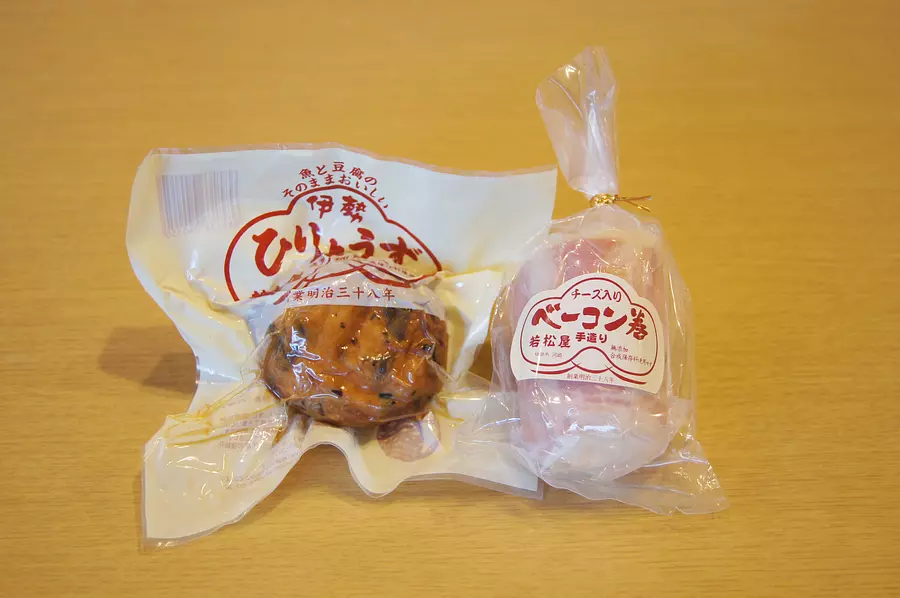
The first is the standard product ``Ise Hiryozu'', which is made with 9 different ingredients such as Ise hijiki, shiitake mushrooms, carrots, and quail eggs.
The other is the ``Bacon Wrapped'', which is popular for its new flavor that combines bacon, kamaboko, and cheese.
I was also able to buy souvenirs unique to this shop.
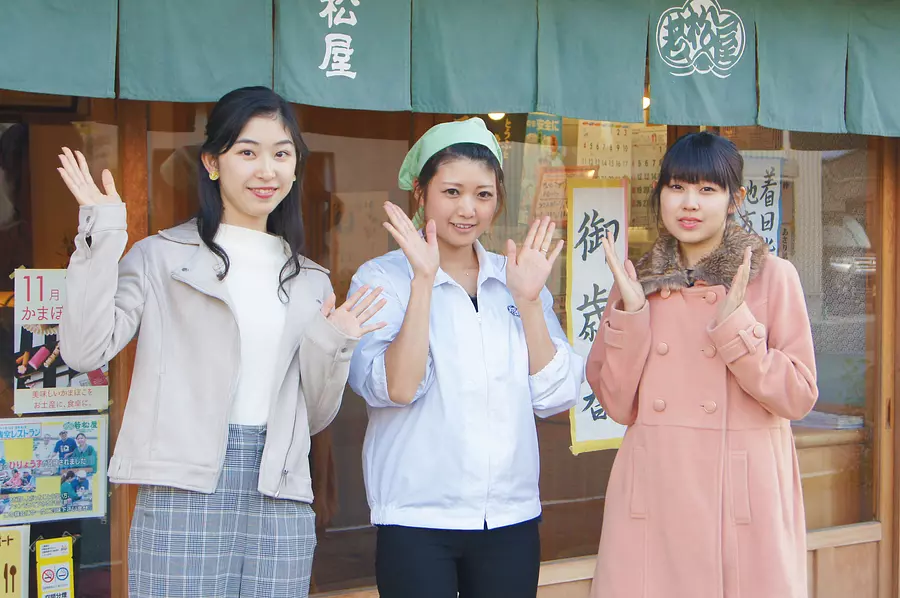
Since its founding, Wakamatsuya's kamaboko has been made one by one by craftsmen without the use of machines. The freshly made ``grilled kamaboko'' you make during your experience has a taste unlike anything you've ever eaten before. Through this experience, I was able to learn the true taste of kamaboko.
[Wakamatsuya Ise Kawasaki Main Store]
Address 1-9-28 Kawasaki, IseCity
Phone number 0596-23-1721
Official URL http://www.wakamatsuya.co.jp
Business hours 9:00-18:00
Closed 1/1~3
Access: Approximately 10 minutes walk from JR/Kintetsu “IseCity” Station, approximately 10 minutes from Ise Expressway “Ise” IC
Parking available
《Kamaboko Experience Workshop》 *Reservations are being accepted starting from January 17th. Reservations required at least one week in advance.
Price: 1,500 yen (tax included, per person)
Time required: Approximately 60 minutes
Location Shimotsuke factory store (main workshop) / Kawasaki main store
Capacity Shimotsuke factory store 2-60 people, Kawasaki main store 2-16 people
Business hours (workshop start time) Shimotsuke factory store 9:00-14:00, Kawasaki main store 9:30-15:00
[Photography cooperation] Model 2018 Tsu Queen Kiara Okuno, Miyuka Nakai
*The information posted is as of December 2018.
| Category | |
|---|---|
| season | |
| area |

